What 21st Century Science Says About Memorable Learning Experience At Work
Thinkdom
FEBRUARY 29, 2024
Here are a few theories that can help: Cognitive Load Theory,: Also known as the theory of “limited capacity”, cognitive load theory suggests that learners must get rid of unneeded cognitive load to efficiently learn & process new information. So, how does one put that into practice while developing training modules?

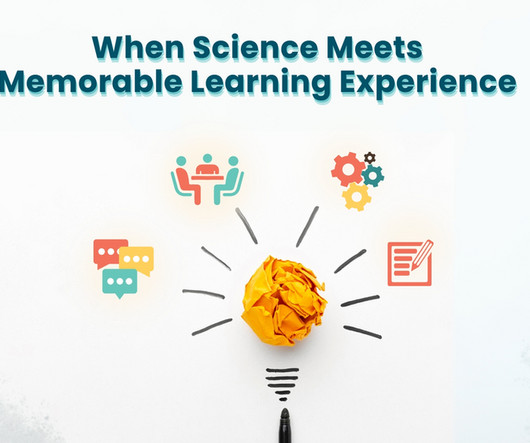

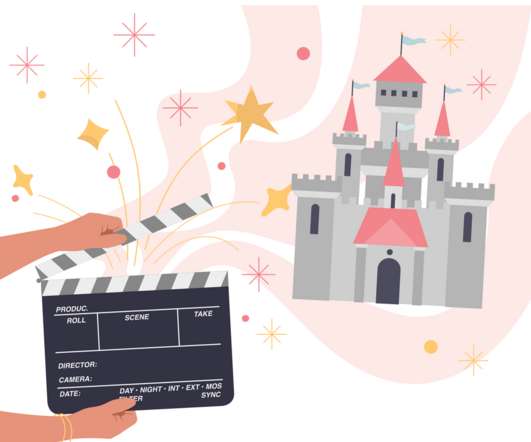


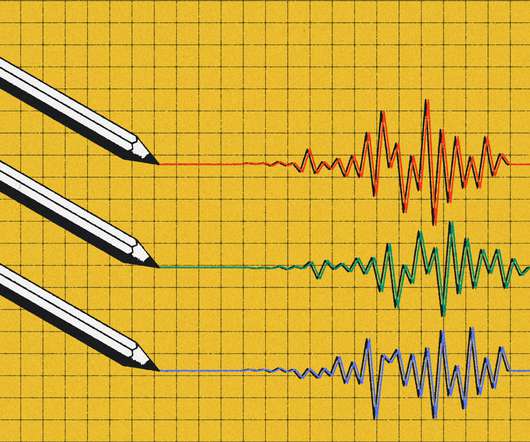





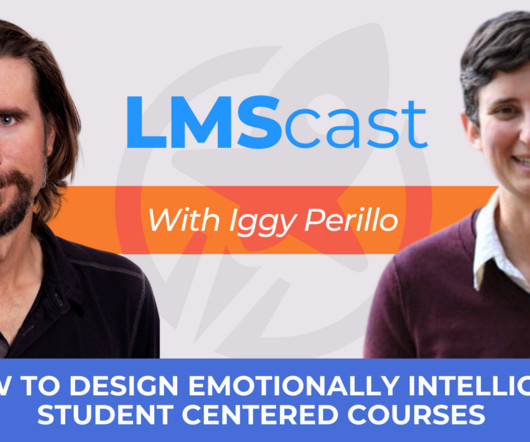




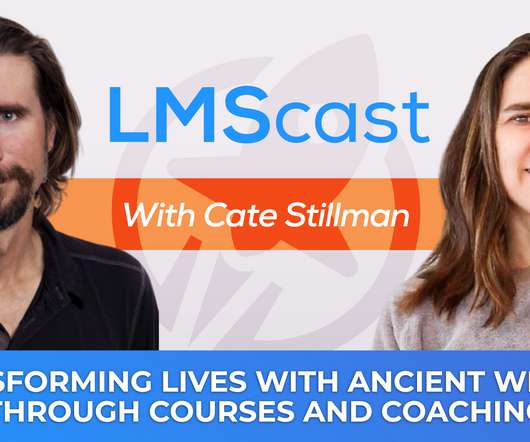









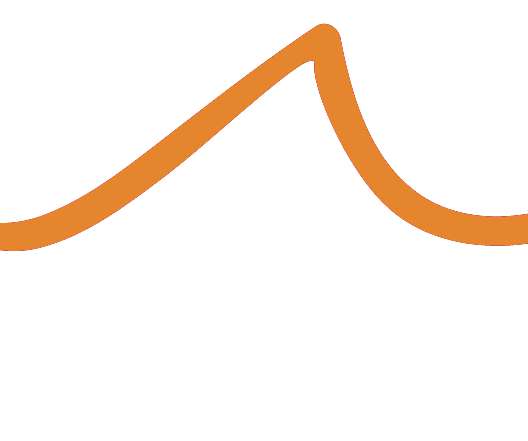



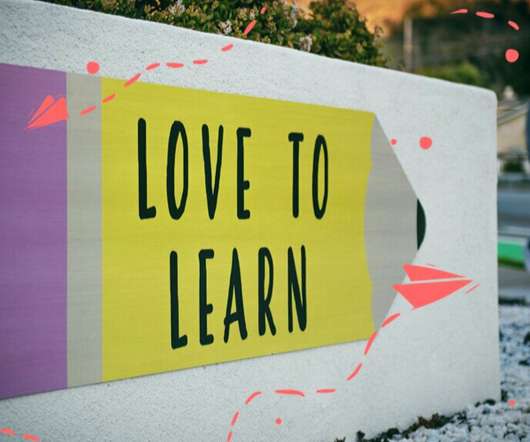












Let's personalize your content